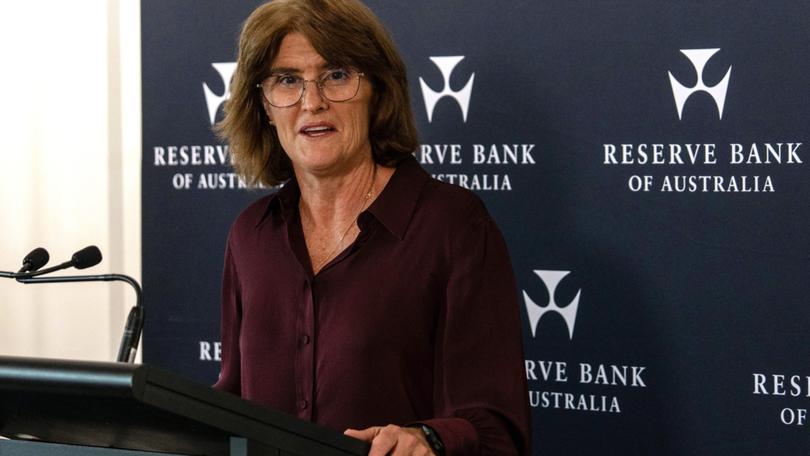RBA interest rates: September board minutes show a ‘step-down’ in tone but focus still on taming inflation

Major banks reckon there has been a change in tone from the Reserve Bank on interest rates, but it’s too early for borrowers to pop the champagne.
Minutes from the RBA’s September board meeting have ditched the dire warning that there would be no rate cuts in the near future.
Instead, the central bank wants to keep its options open, watching whether the economy starts to pick up in the second half of the year.
Sign up to The Nightly's newsletters.
Get the first look at the digital newspaper, curated daily stories and breaking headlines delivered to your inbox.
By continuing you agree to our Terms and Privacy Policy.Official interest rates have been held at 4.35 per cent since November 2023, and the bank left that number unchanged in September.
The next move could be in either direction, the RBA says.
A hike could be on the cards if household spending bounces faster than expected, or inflation fails to move back to target.
But it was the words missing from the minutes that drew attention of economists at ANZ and Commonwealth Bank.
The RBA’s August guidance that “it was unlikely that the cash rate target would be reduced in the short term” was dropped from the September minutes — marking a clear shift.
It backs up governor Michele Bullock’s revelations that the board had not specifically considered a hike at the latest meeting.
ANZ declared “the minutes contain a clear step down in the RBA board’s hawkishness”.
“This leaves the door open to a shift to neutral by the end of this year and then easing in early 2025. We continue to expect the first cash rate cut in February 2025”.
Commonwealth Bank head of Australian economics Gareth Aird agreed there had been a significant change.
“The board has now back-pedalled from its forward guidance,” Mr Aird said in a Tuesday note.
He said the RBA had signalled rates would be cut if the economy was weaker, or if inflation was less persistent, than expected.
Commonwealth reckons inflation and economic growth will run below the RBA’s projections, which it said would back in the case for a December cut.
But the RBA remains open to piling on more interest rate pressure should that be necessary to stop inflation.
It will largely ignore moves by overseas central banks to cut rates, because Australia’s job market is stronger and inflation has yet to fall as much, the minutes said.
A lift in spending driven by a recovery of household disposable income could add to inflation pressure. So too would slow productivity growth.
The central bank also acknowledged there were risks its forecasts about supply capacity could be off the mark, forcing the cash rate “to be noticeably higher than the market path”.
The most crucial factor is still inflation.
The RBA has been fighting since 2022 to bring rising prices back under control and will be reluctant to let the reins loose until there’s a “sustainable” return to the target zone of 2 to 3 per cent.
There was some evidence underlying inflation — a measure of prices which strips out volatility — was easing, yet the RBA expected the number to remain above target.
Underlying inflation fell about one percentage point over three months to be 3.4 per cent in August. The bank said the quarterly fall had not been as significant, however.
“Recent data on inflation had been consistent with a further gradual easing in underlying inflationary pressures,” the minutes said.
“Looking ahead, monthly CPI data for August (released the day after the meeting) was expected to show a sharp decline in headline inflation, partly because of Federal and State government cost-of-living relief.
“But underlying inflation was expected to remain above target.”
